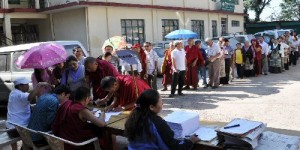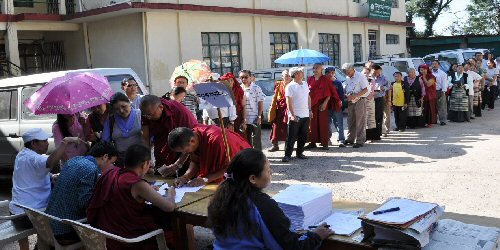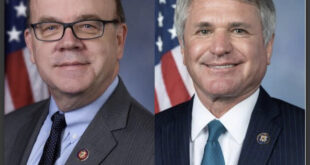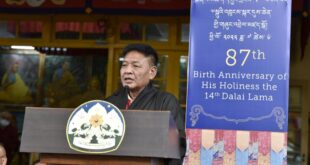The leadership of a dalai lama as a form of political leadership is both powerful and vulnerable: powerful because political authority is supported by religious devotion; vulnerable because it is at odds with the political realities of Tibetans today. Tibet must find a secular alternative, says the Dalai Lama to Isabel Hilton.

An election took place on 3 October, but most readers are unlikely to have heard of it and few media outlets have covered it. It will not change the destiny of any nation state, but it could mark an important moment for a people whose future is of interest to a constituency far larger than their numbers suggest. All around the world, but substantially in India, the US and Nepal, nearly 80 000 Tibetans in exile voted in the preliminary round of the election of their parliament-in-exile. They also voted to nominate candidates for Kalon Tripa, the prime minister of that parliament and the figure who, the fourteenth Dalai Lama hopes, will replace him as the political voice of the Tibetan people.
The Dalai Lama celebrated his 75th birthday this year. Last year marked half a century of exile. Of all the legacies that he will bequeath when he heads for his next incarnation, the introduction of democracy to the exiled Tibetan world is one of which he can be straightforwardly proud. Tibetans inside Tibet have been subject to the more brutal modernisation methods of the colonial power in Beijing, a process that has involved the destruction of religious and traditional life. Today they are subject to the large-scale migration into their homeland of Han Chinese and the plunder of their minerals, forests and rivers. That modernisation project did not, of course, include the right to choose their government or political system.
When the fourteenth Dalai Lama fled Tibet as a young man, following a failed uprising against Chinese rule that he neither instigated nor led, the journey that he and the 100 000 Tibetans who followed him undertook was both geographic and cultural: from their remote high-altitude homeland to the crowded plains of India, and from the culture of a seventeenth-century theocracy to the very twentieth-century condition of exile and statelessness. Many of his followers and their children have since scattered across the world. In India, where the majority still live, they recreated exile versions of the institutions – especially the monasteries and religious orders – that they had known in Tibet. And, on the insistence of the Dalai Lama, they set up their own democratically elected government.
A certain impatience creeps into the Dalai Lama’s voice when he talks about this. It has been difficult, he has told me, to persuade the Tibetans that they need to make preparations for self-government without a dalai lama. The institution of dalai lama, he frankly suggests, may have outlived its usefulness to the people of Tibet and is certainly past its sell-by date as a form of government. His problem has been that his followers to date have preferred his leadership to any secular alternative.
This year, there are signs of change. For the first time, a grassroots lobby of Tibetans in exile have campaigned for more active involvement of the diaspora in the nomination of candidates and the election of a secular figure to replace the religious men who have until now occupied the post.
The Dalai Lama has been, in many ways, the Tibetans’ greatest asset, a figure of unchallenged moral authority who has insisted for decades that non-violence and negotiation are the only options for Tibet. But the institution as a form of political leadership is both powerful and vulnerable: powerful because political authority is supported by religious devotion; vulnerable because it is at odds with the political realities of Tibetans today.
The choosing of a dalai lama is ostensibly the identification of the reincarnation of a bodhisattva, a religious process that involves signs, omens, dreams and prophecy. But only the most naïve would imagine that it has not always been overlaid with political calculation. In today’s circumstances, the Chinese state insists, as they did with the search for the eleventh Panchen Lama more than a decade ago, that the state has the ultimate authority in the selection and education of the candidate. Reincarnate lamas are identified as young children, and the long period of regency that preceded a dalai lama’s assumption of power was always fraught with dangerous instability. It is not, the present incumbent feels, an adequate institution for the twenty first century. Whether they like it or not, the Dalai Lama insists that Tibetans must modernise their leadership to serve their circumstances.
In the panorama of global political events, it is tempting to think that this tiny election hardly matters. It seems to matter, though, in Beijing. Nepal lies on the escape route from Tibet and is home to more than 9,000 Tibetans. It is also increasingly under Chinese influence. On Sunday, Nepalese police in riot gear seized the ballot boxes, reportedly at the request of the Chinese embassy in Kathmandu. This small exercise of democracy by Tibetans, it would appear, is as threatening to the world’s next superpower as their tenacious practice of religion.


